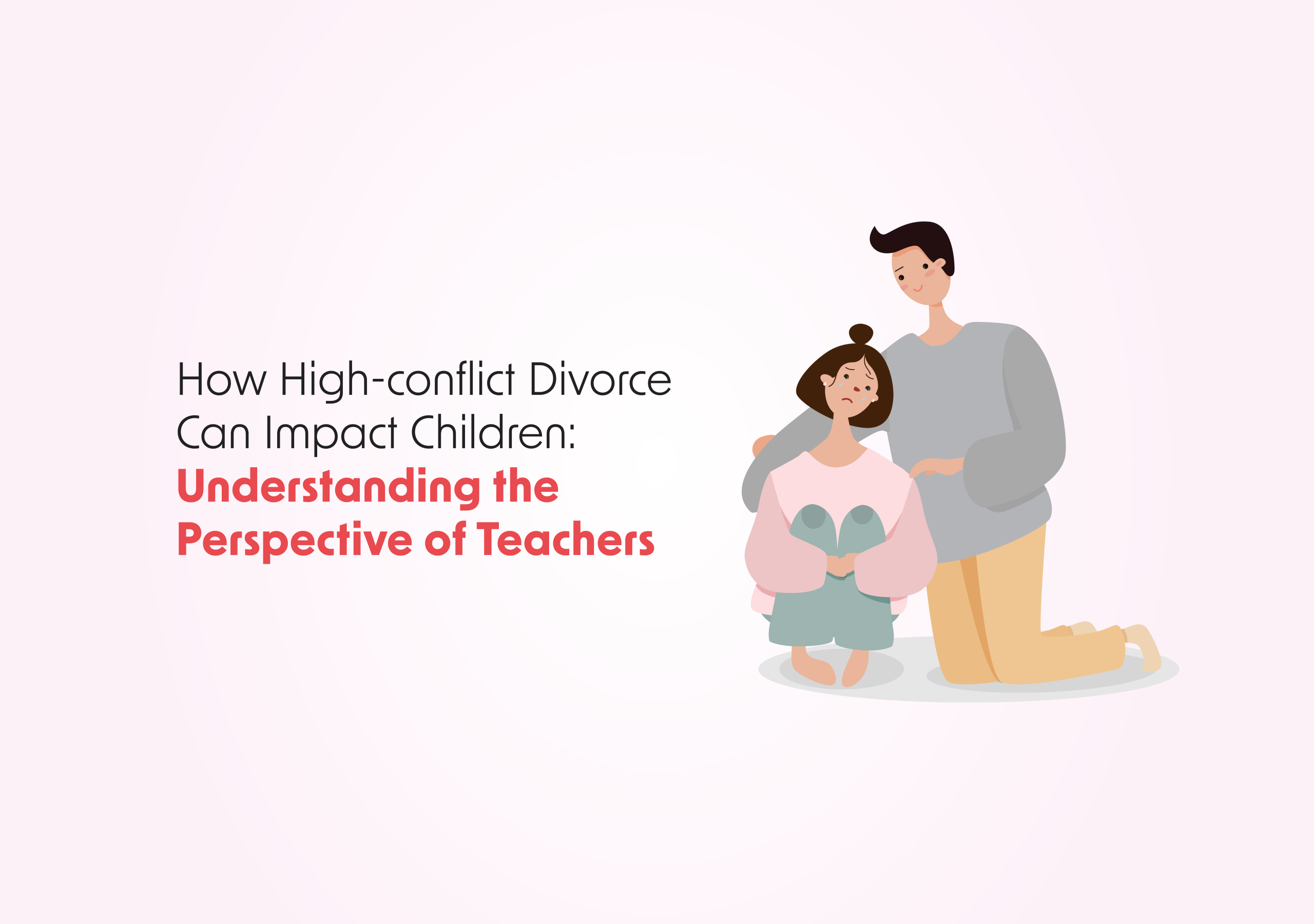Migrants travel hopefully, dreaming of better lives. Some are successful, some less so. Many in both groups ultimately decide to return to their home country. Dr Tony Ward, a University of Melbourne historian, is himself a migrant, and descended from a family that returned from Australia. He sought out other stories of return migration from Australia to the UK in the 19th Century. His studies shed light on more general questions. How many migrants return? Which migrants are more likely to make the trip home? And why? More
Most immigrants end up permanently settling in their new countries. However, others eventually decide to return to their home country. They may have completed a university course or temporary professional venture, or wish to settle back in their home country after becoming wealthier, or simply because they are feeling homesick.
Return migration is a well-documented and long-standing phenomenon. It was common even when journeys were lengthy and costly. For example, from the 30 million people who moved from Europe to the United States between 1850 and 1913, one in three ended up returning home.
Many past studies have emphasised economic motives for return migration, and focused on male returnees. Frequent examples include wealthy men who made enough money to comfortably retire in their home country, or younger men who built up skills and savings in the new country to give themselves a better life back home.
…
Dr Ward suggests that we need to think more broadly about motivations. He specifically looked at the factors driving return migration from Australia to the UK in the late 19th Century. From the 1850s on, many people born in the UK decided to move to Australia seeking better lives. The research shows that some 20% of these migrants returned to the UK – a higher proportion than previously realised. Unusually, there were more women than men among returnees.
One of these women was Annie Martlew, who migrated to Melbourne in 1884, but returned to England in 1907. Annie, a domestic servant, came from a working-class family in Liverpool, and arrived in Melbourne aged 20 in 1884. Six years later, she married Williamson Johnston, a carter and small farm-owner who was previously widowed with five young children. The couple had a further six children, but Williamson died in 1902, aged only 46. Annie now faced poor economic prospects in Australia, and little support for her young family. In 1907, she returned with her children to a stronger family network back in Liverpool.
Also arriving in Melbourne in 1884 were Thomas and Nellie Birch, who returned to Leicester ten years later. Thomas, a carpenter, and Nellie, a school teacher, got married in their early twenties. They immediately moved to Australia, both attracted by economic prospects and to avoid family disapproval of their marriage and Nellie’s first pregnancy. At first, Thomas thrived in the Melbourne construction boom of the 1880s, but the city collapsed into depression in the early 1890s. With better prospects for a builder now at home, and family bridges repaired, the family returned to a comfortable life in Leicester in 1893.
All migrants have their own unique stories. But they also reflect the multitude of factors that can influence return migration decisions, including some elements that migration studies should pay more attention to.
…
To appreciate the broader picture, Dr Ward analysed two sets of historical data. Detailed shipping records exist for movements into and out of Victoria, and the 1911 census of England and Wales recorded 23,000 people born in Australia. From both, Dr Ward calculated that 20% of longer-term migrants headed back home. This is a much higher figure than previously realised.
The detailed 1911 Census records also challenged previous ideas. Earlier studies had documented many cases of wealthy families returning to England, but little was known of other socio-economic groups. A sample of the Census records show returnees came from across the social spectrum. As would be expected, the wealthy who could afford travel more easily had higher return rates. But even among semi-skilled and unskilled workers, at least 12% joined Annie Martlew in returning. Further, the Census records show returnees spread across England, typically to areas where migrants had family.
The other surprise was the preponderance of women among returnees. Indeed, women were 50% more likely to return than men. Coupled with the evidence of returning to families, this indicates that social networks were an important factor in return decisions. This was especially true for women, where greater support while raising children was particularly attractive.
…
Dr Ward’s research recommends a broader approach in considering migration decisions. Previous studies have often focused on economic and financial considerations – but those are only part of the story. Yes, migrants generally seek better lives. But a ‘better life’ also includes social environments and support. For migrants thinking of returning home, and especially for women, social and family networks are very important.
Overall, Dr Ward’s paper extends beyond its novel findings on the extent of return migration from Australia. It offers interesting new insight for studies by historians and economists on motivations for return migration. His study also emphasises the need to consider both the economic and social factors driving migration and return migration, as well as the importance of women’s views.







